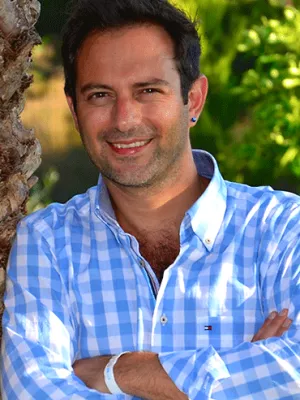
Deniz Koca
Forskare

The WORLD6 model for evaluation of natural resource sustainability considering metals, materials, energy, population and food.
Författare
Redaktör
- Maria Lucia Hijar
Summary, in English
A new model; WORLD6 was developed. WORLD6 differs from the earlier system dynamics world models in several aspects. Several modules link the economy, materials, metals, energy, population and politics in a dynamic system. The present version is a result of a dismantling of the World3 model (Meadows et al., 1972, 1992, 2004) with an extension and substitution of its resource module and economy module. The WORLD6 model has several sub-modules at present which are all dynamically linked: 1. Population and food module: The module contains the original World3 model from 1972 model and used again in 1992 and 2004. This was enhanced with a new module for phosphate rock extraction, fertilizer production and an agricultural unit of WORLD6. 2. Materials and metals module a. Materials: Phosphorus, cement, sand, gravel and cut stone. b. Metals: Copper, zinc, lead, silver, gold, Iron, chromium, manganese, nickel, aluminium, stainless steel, antimony, bismuth, cobalt, gallium, germanium, indium, cadmium, tellurium, selenium, lithium, platinum, palladium, rhodium, molybdenum, rhenium, niobium, tantalum, tin, wolfram (tungsten), titanium, zirconium, hafnium and rare earth metals.3. Economy module: The model has a new simplified global economy module, considering the major actors like households, businesses, and government. Disposable funds, investments and market price for every resource is simulated endogenously in the model for every resource: metals, materials, food and commodities. 4. Energy module: An energy model including the extraction of fossil fuels. Different types of oil, gas, and coal as well as the extraction dynamics and reprocessing of uranium and thorium, used in conventional and breeder reactor technologies, technological energy harvests and renewable energy. 5. Climate and biosphere module: A simplified CLIMATE change module, converting CO2 emissions to CO2 in the atmosphere, with increase in temperature and sea level rise.
Avdelning/ar
- Centrum för miljö- och klimatvetenskap (CEC)
- BECC: Biodiversity and Ecosystem services in a Changing Climate
Publiceringsår
2017-10-24
Språk
Engelska
Publikation/Tidskrift/Serie
Accelerating the Resource Revolution : WRF 2017 Meeting Report, Geneva, October 24 – 25, 2017
Länkar
Dokumenttyp
Konferensbidrag
Förlag
World Resources Forum
Status
Published
ISBN/ISSN/Övrigt
- ISBN: 978-3-906177-18-2